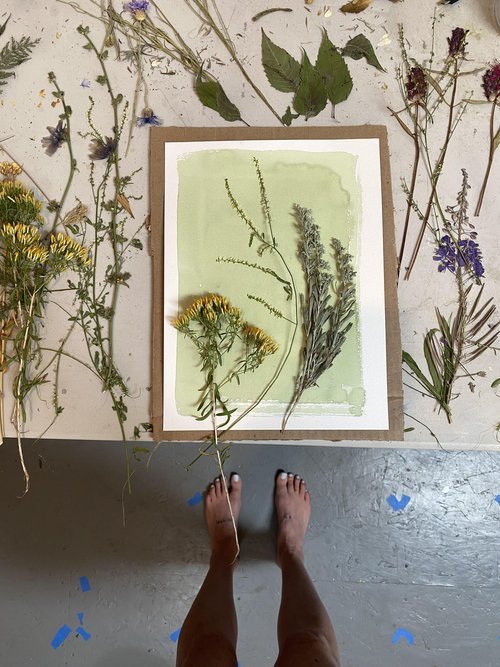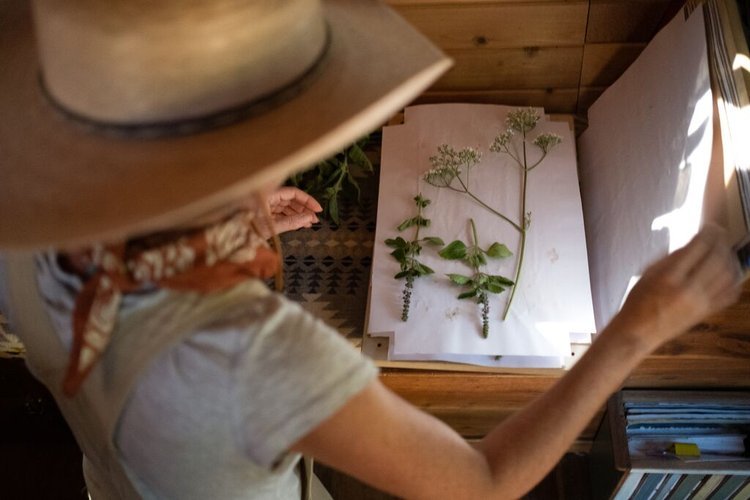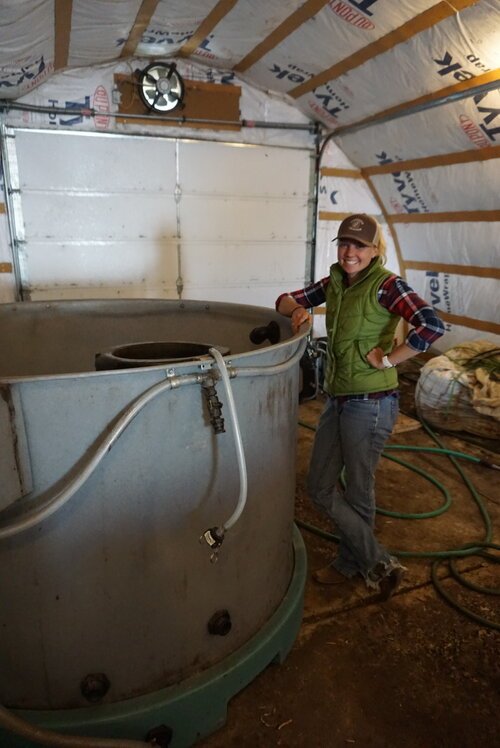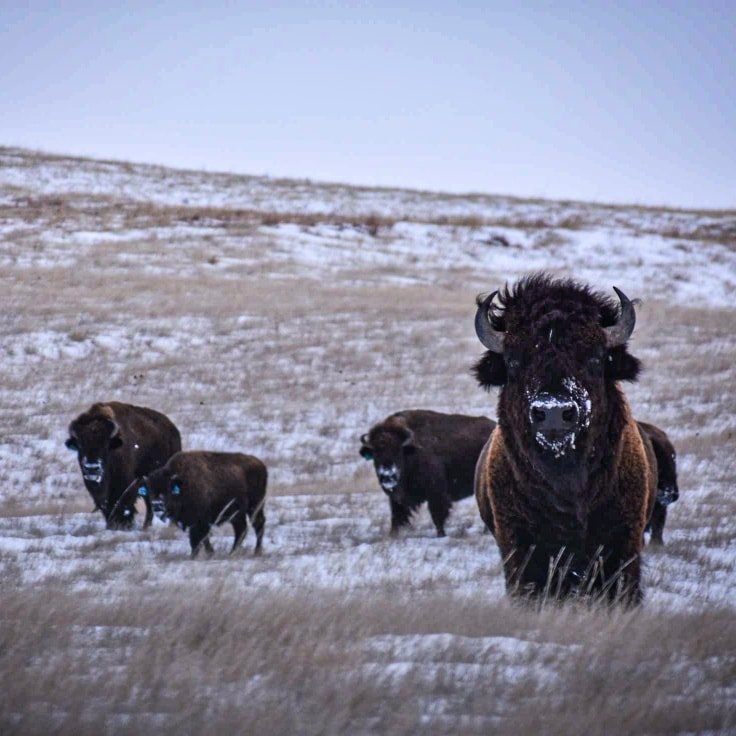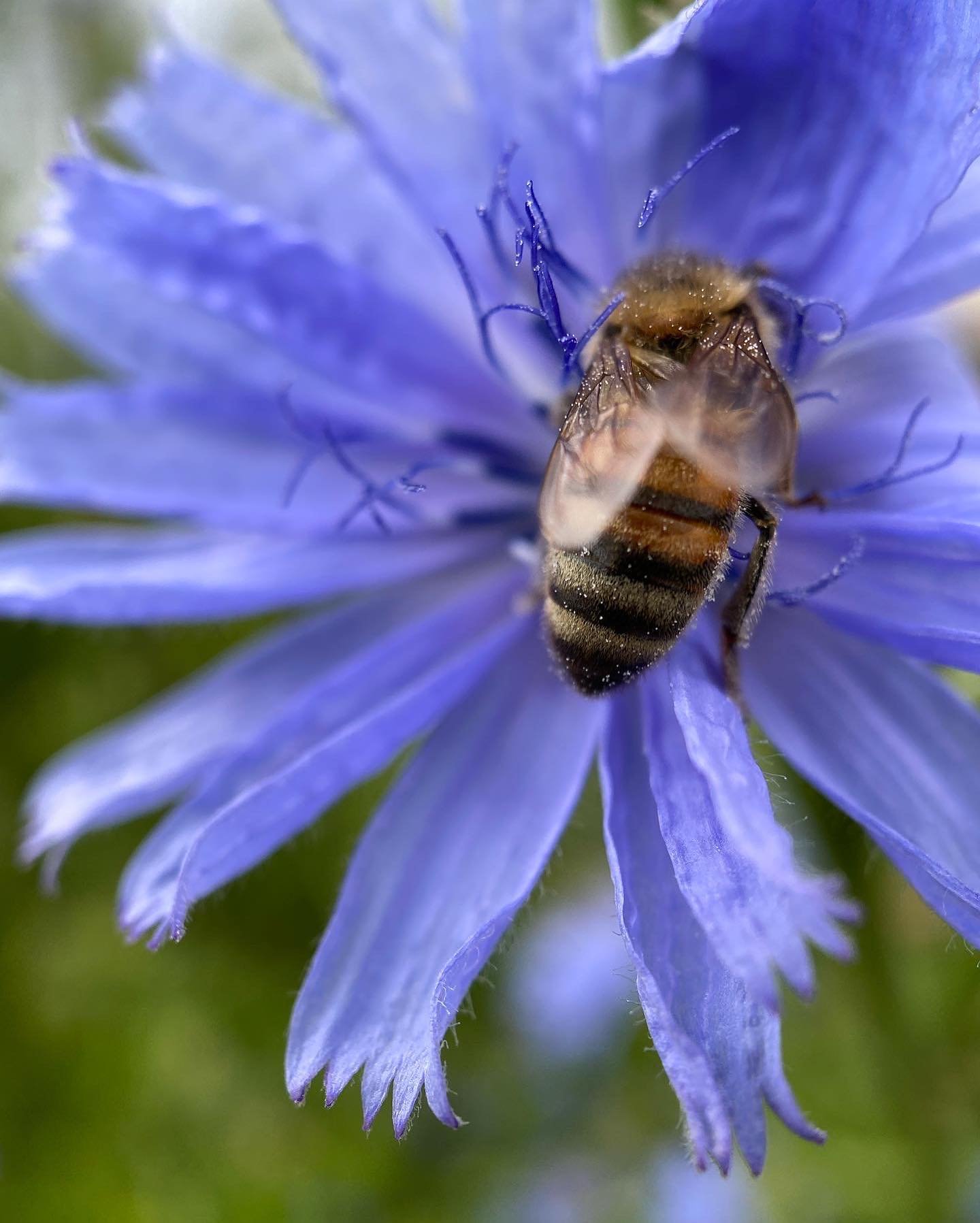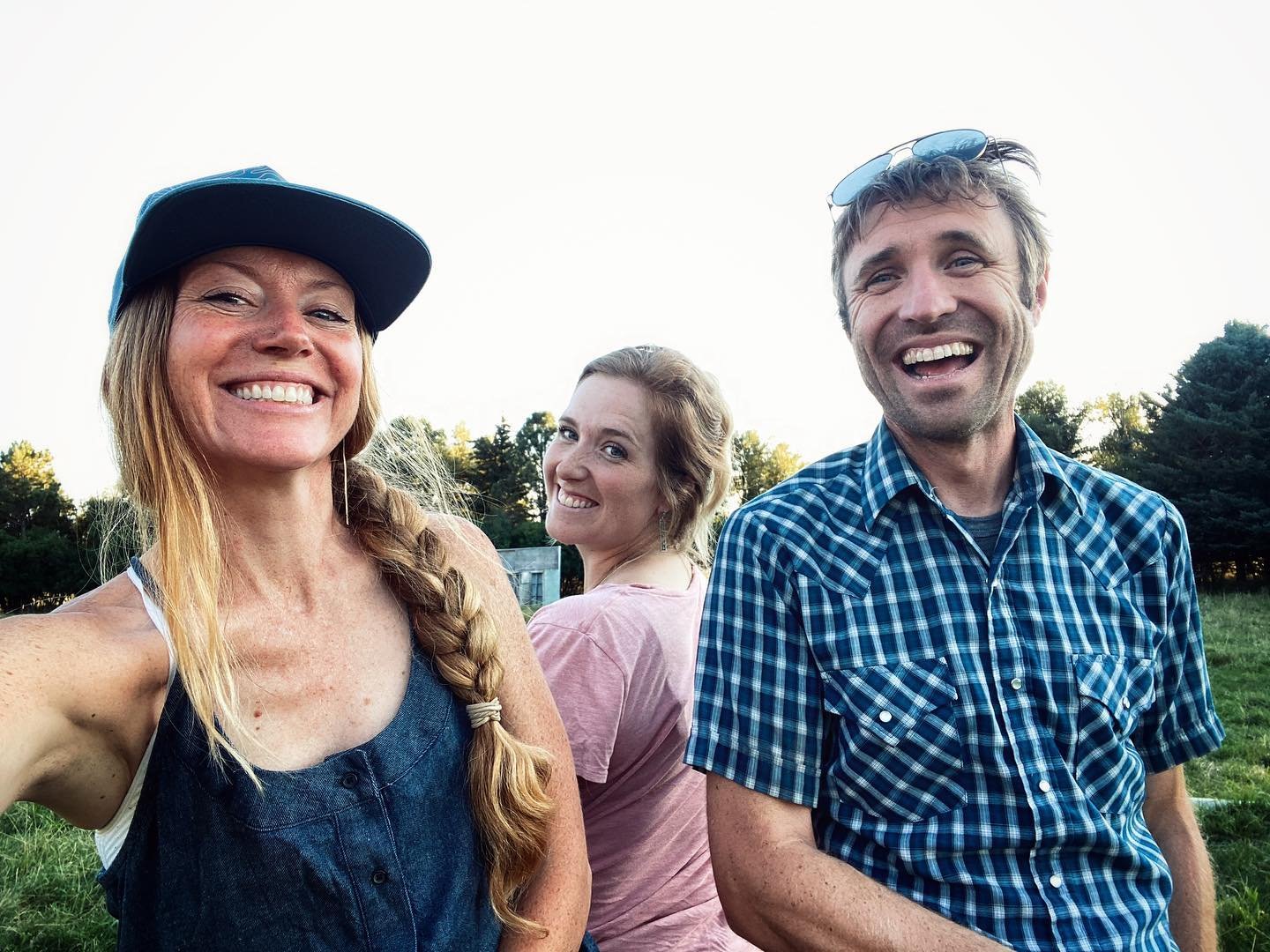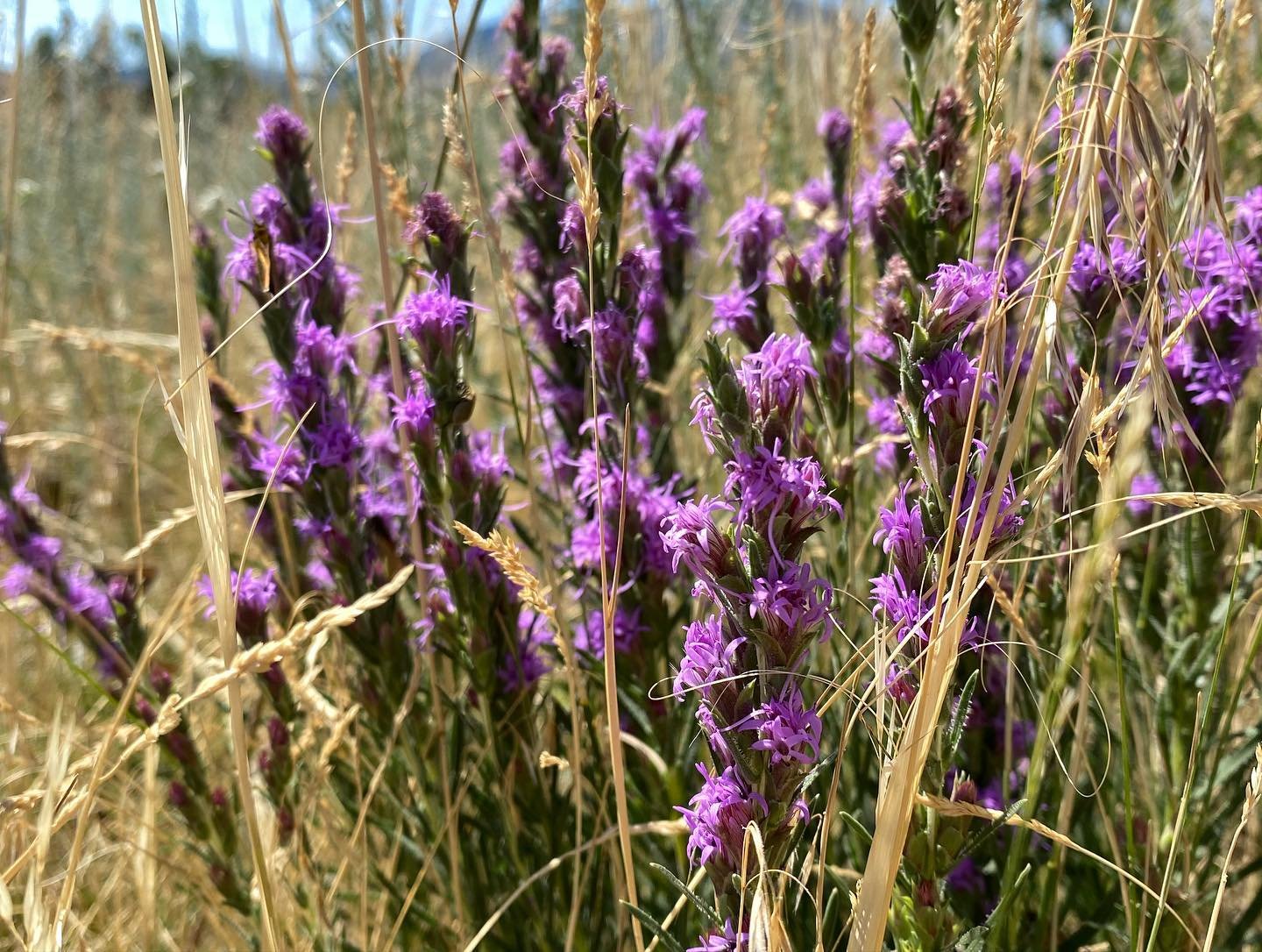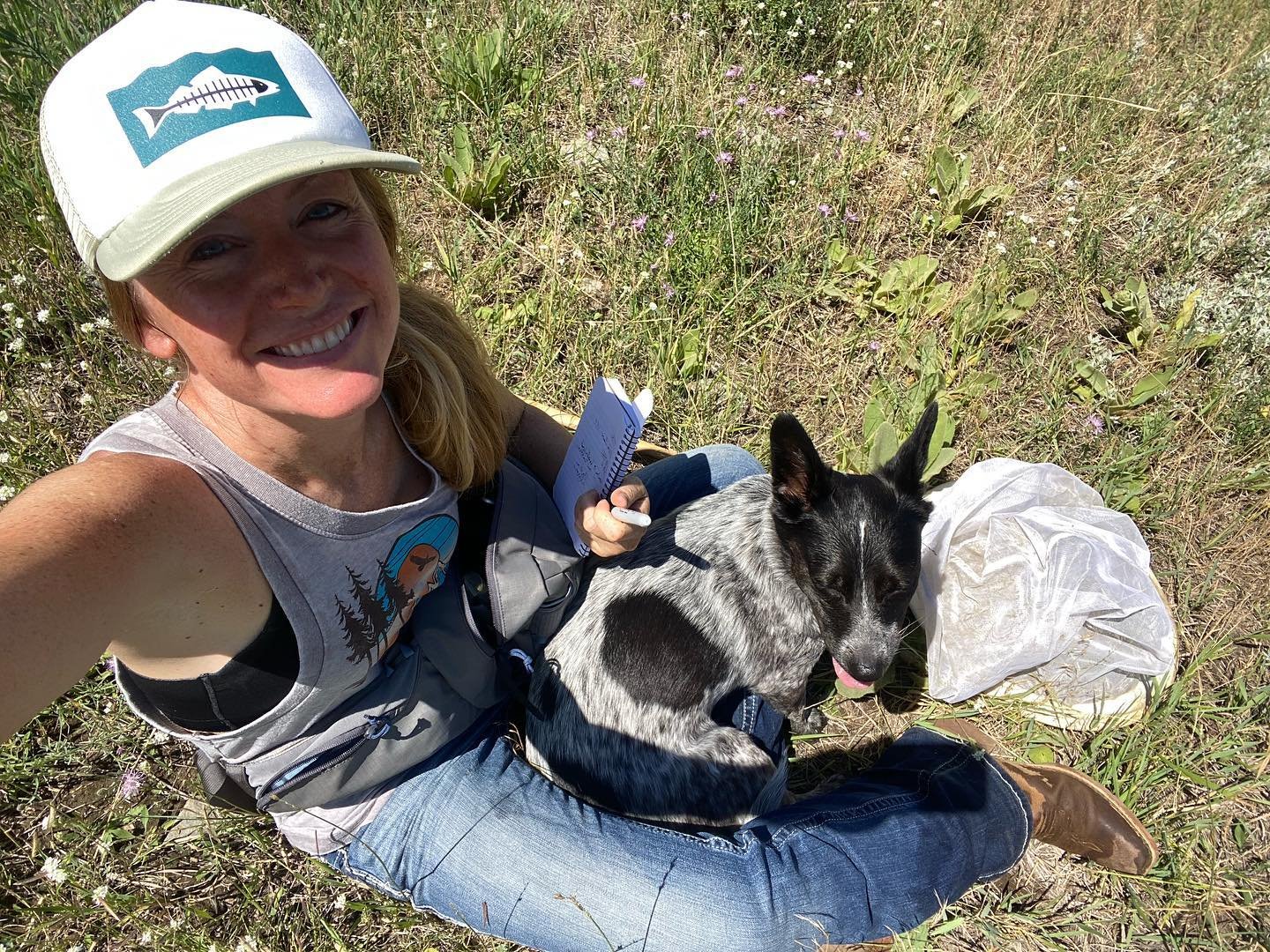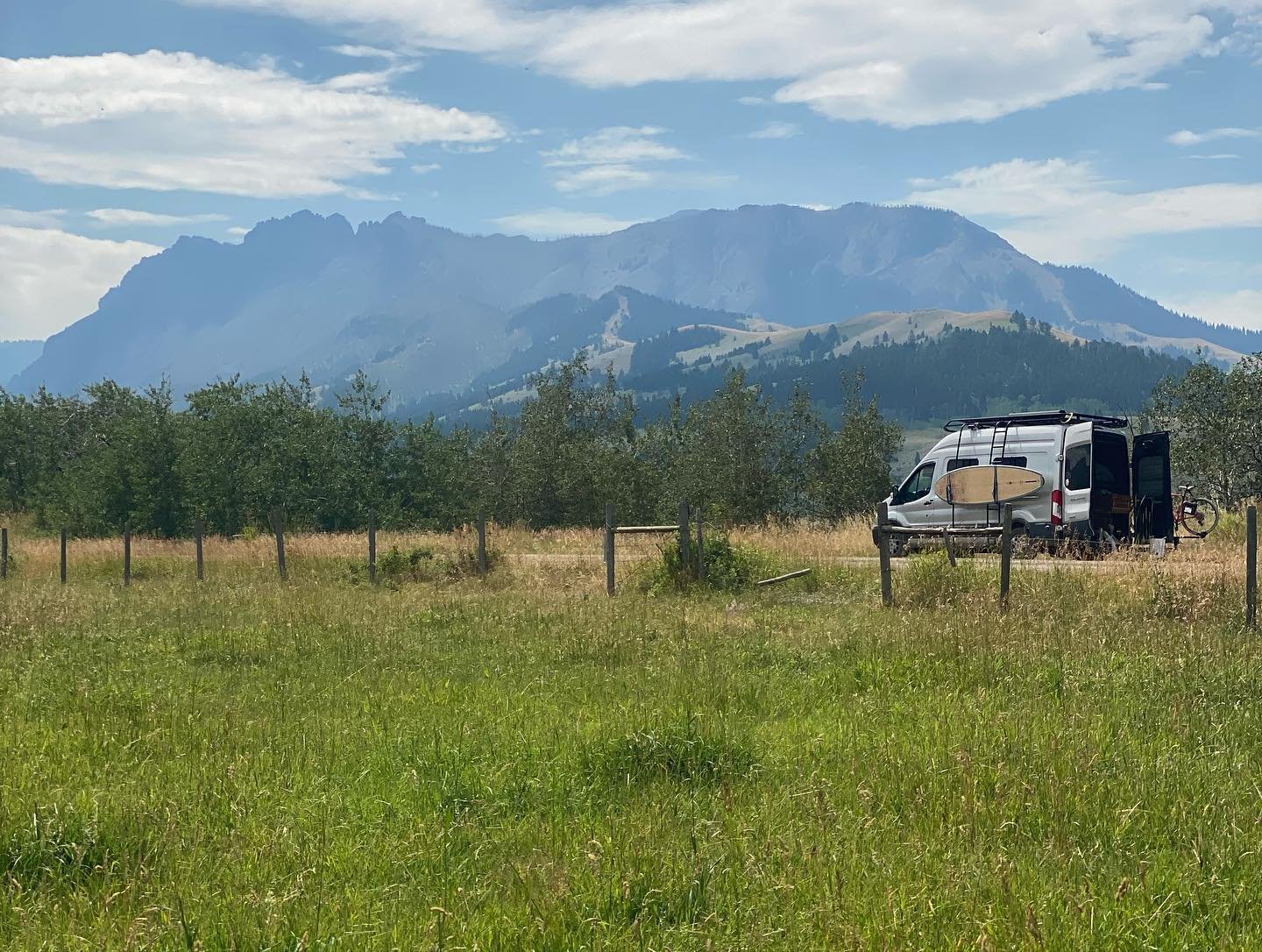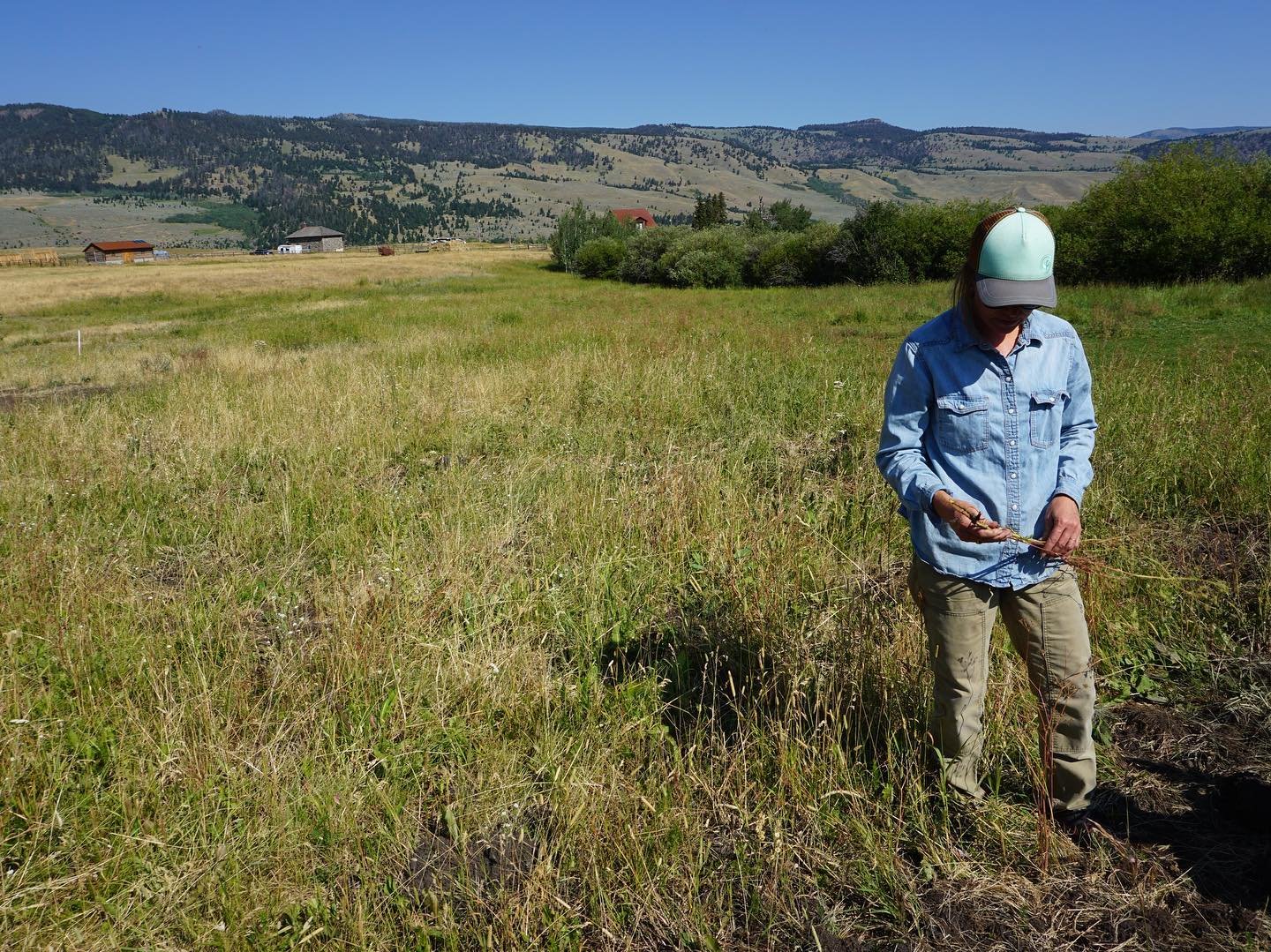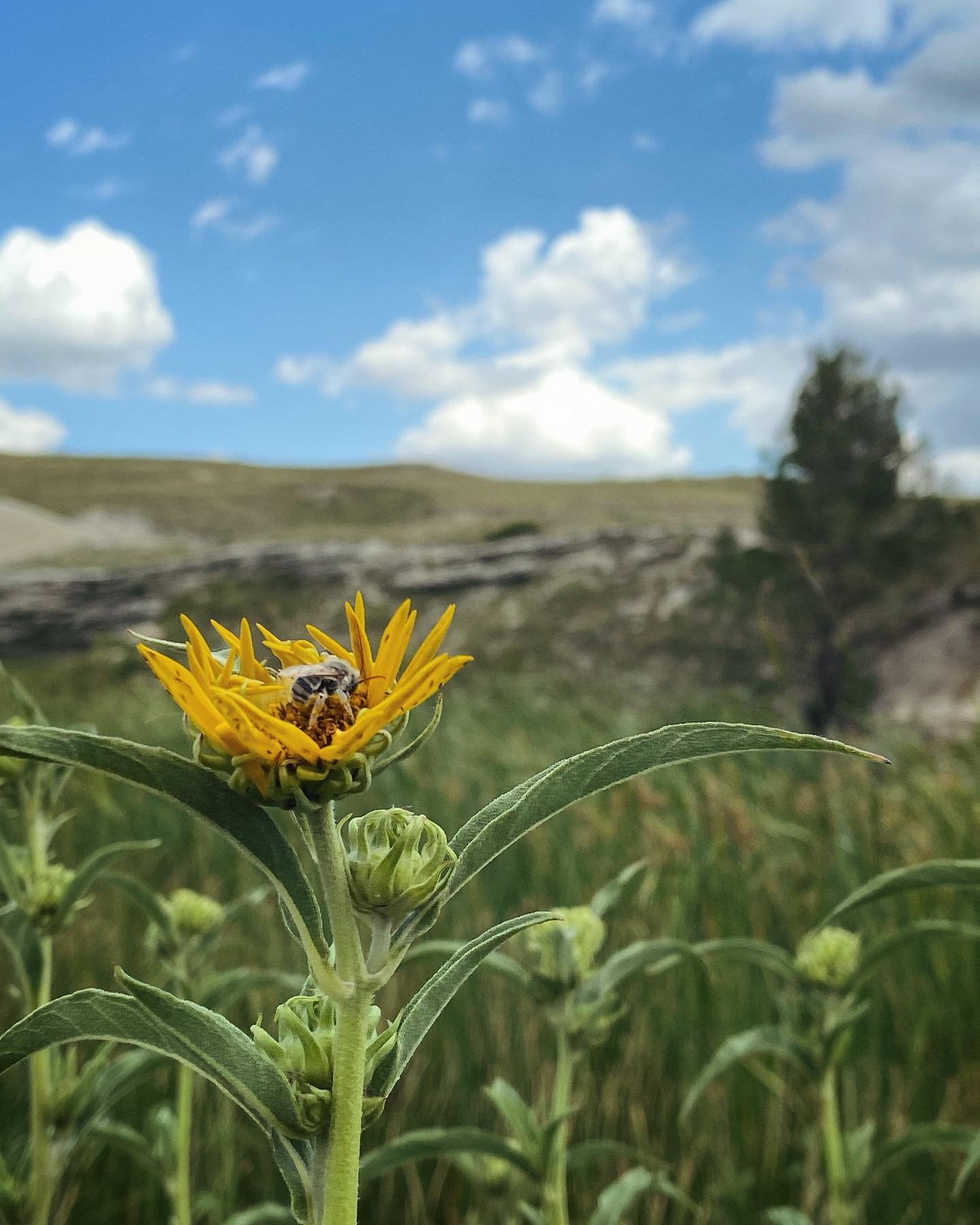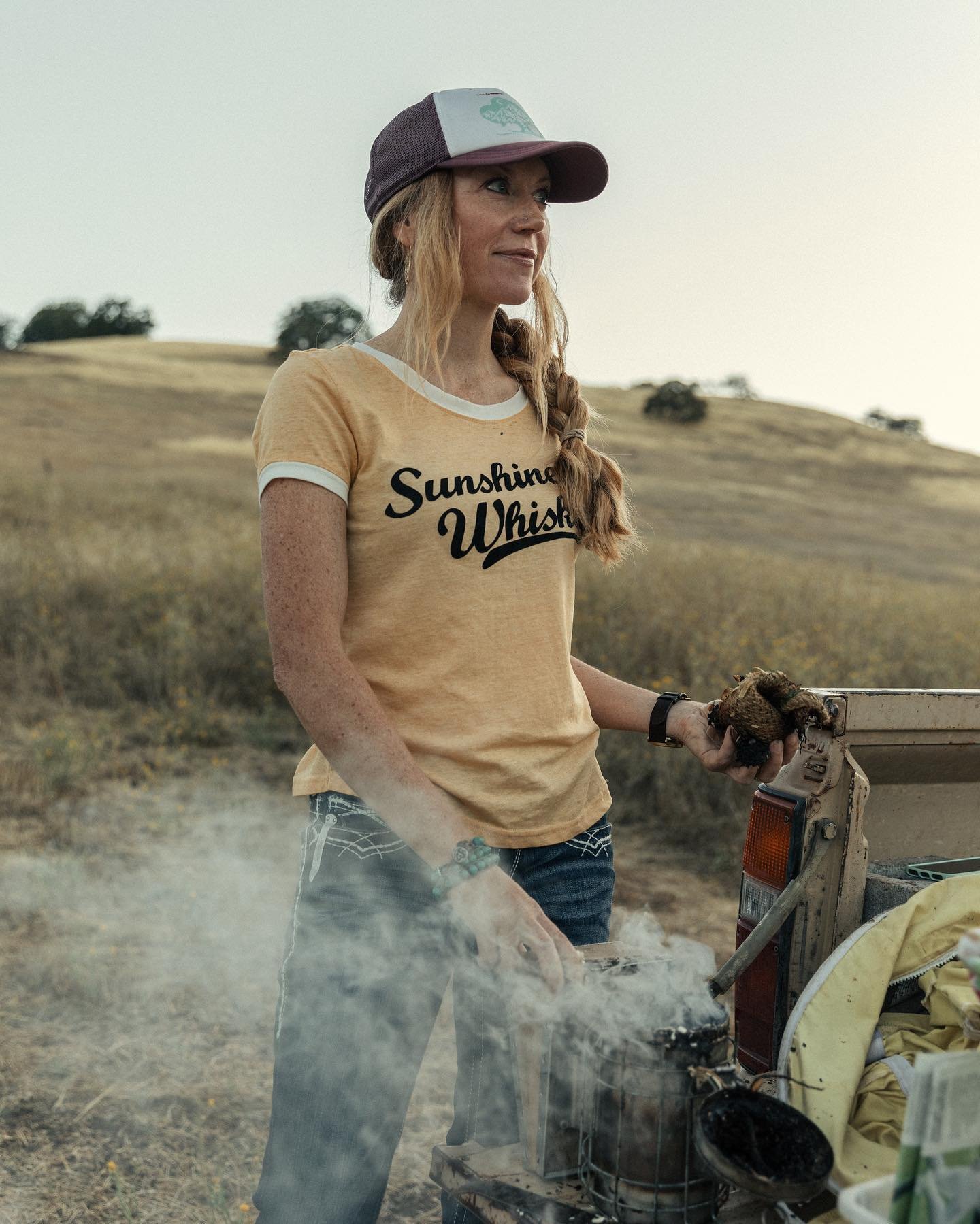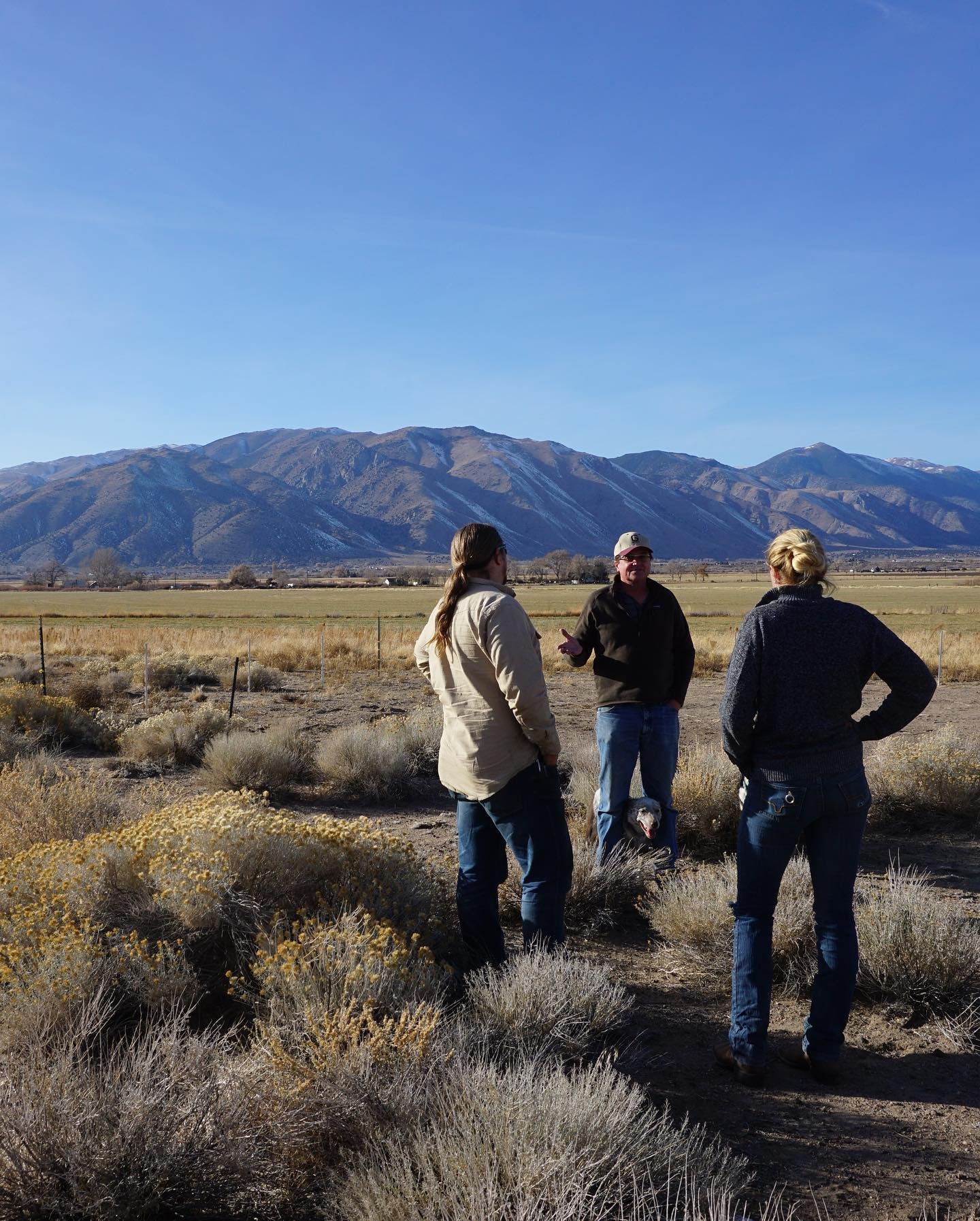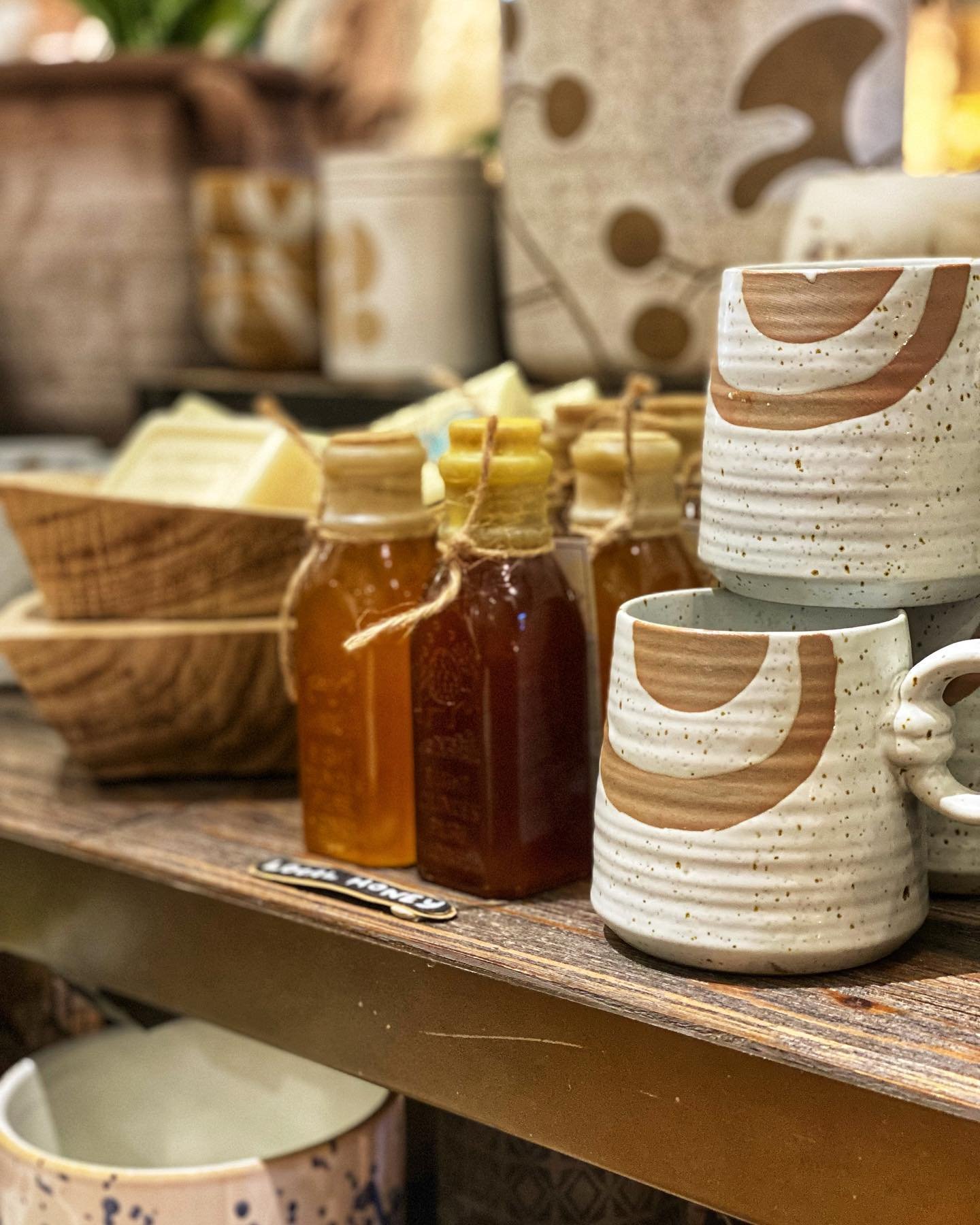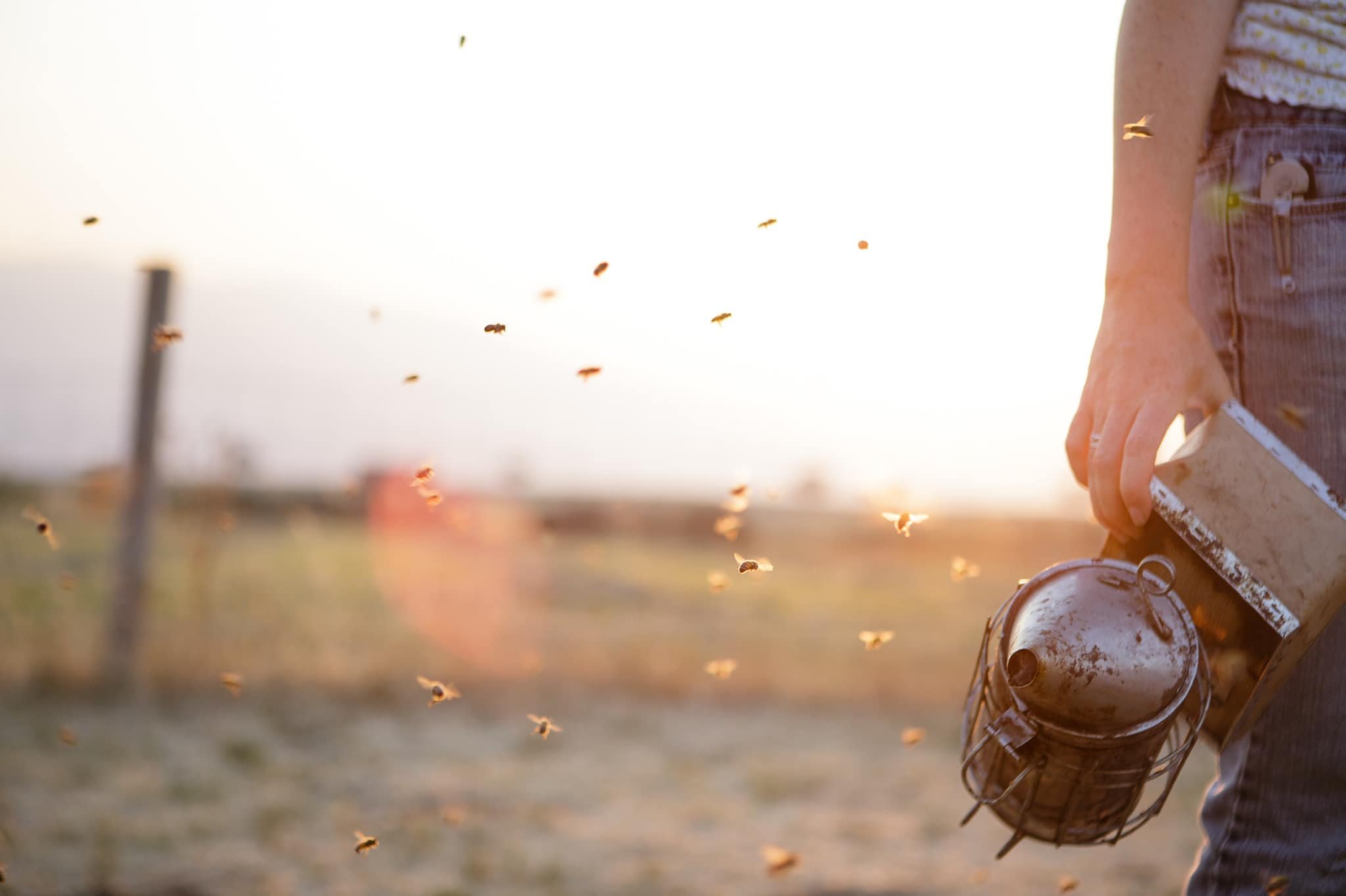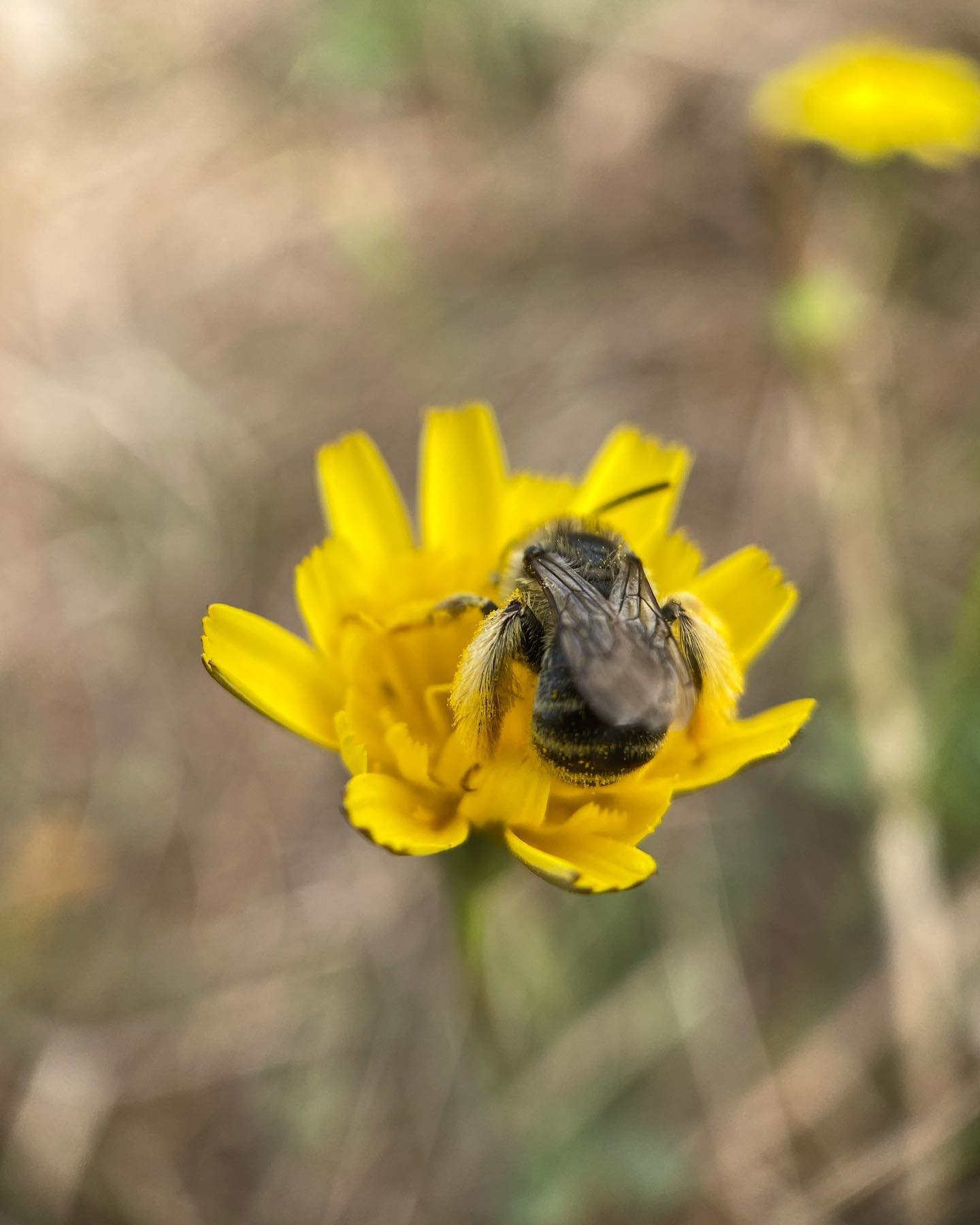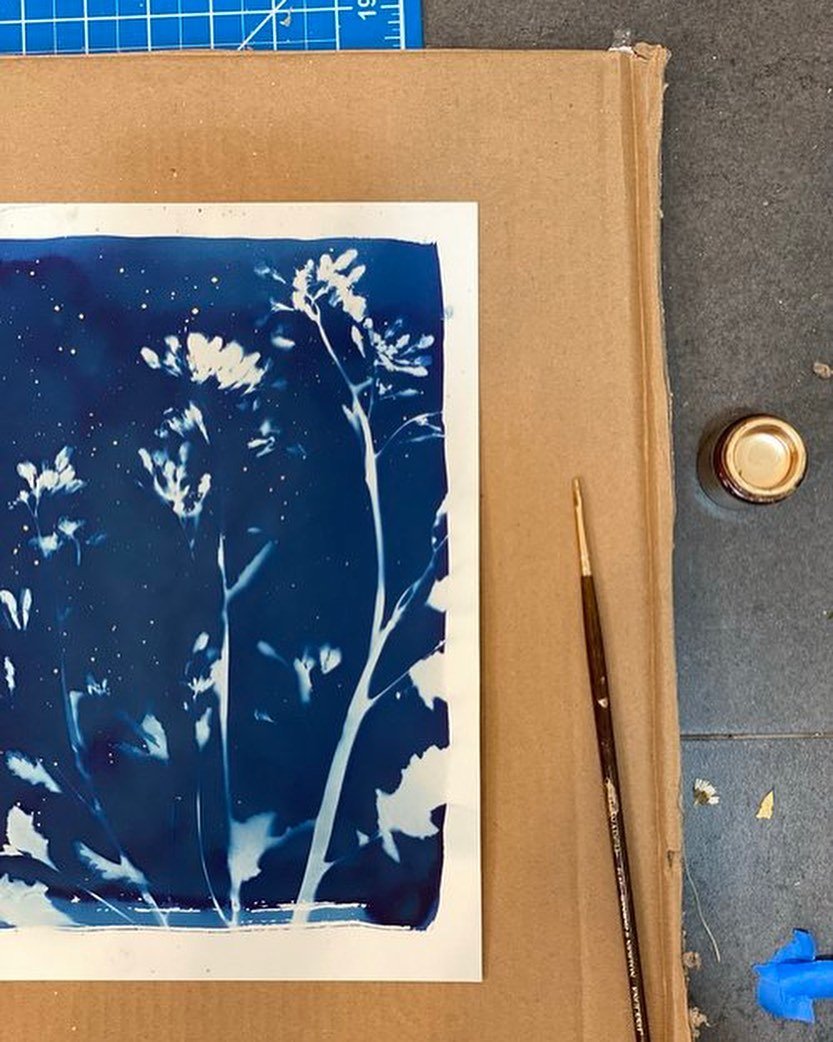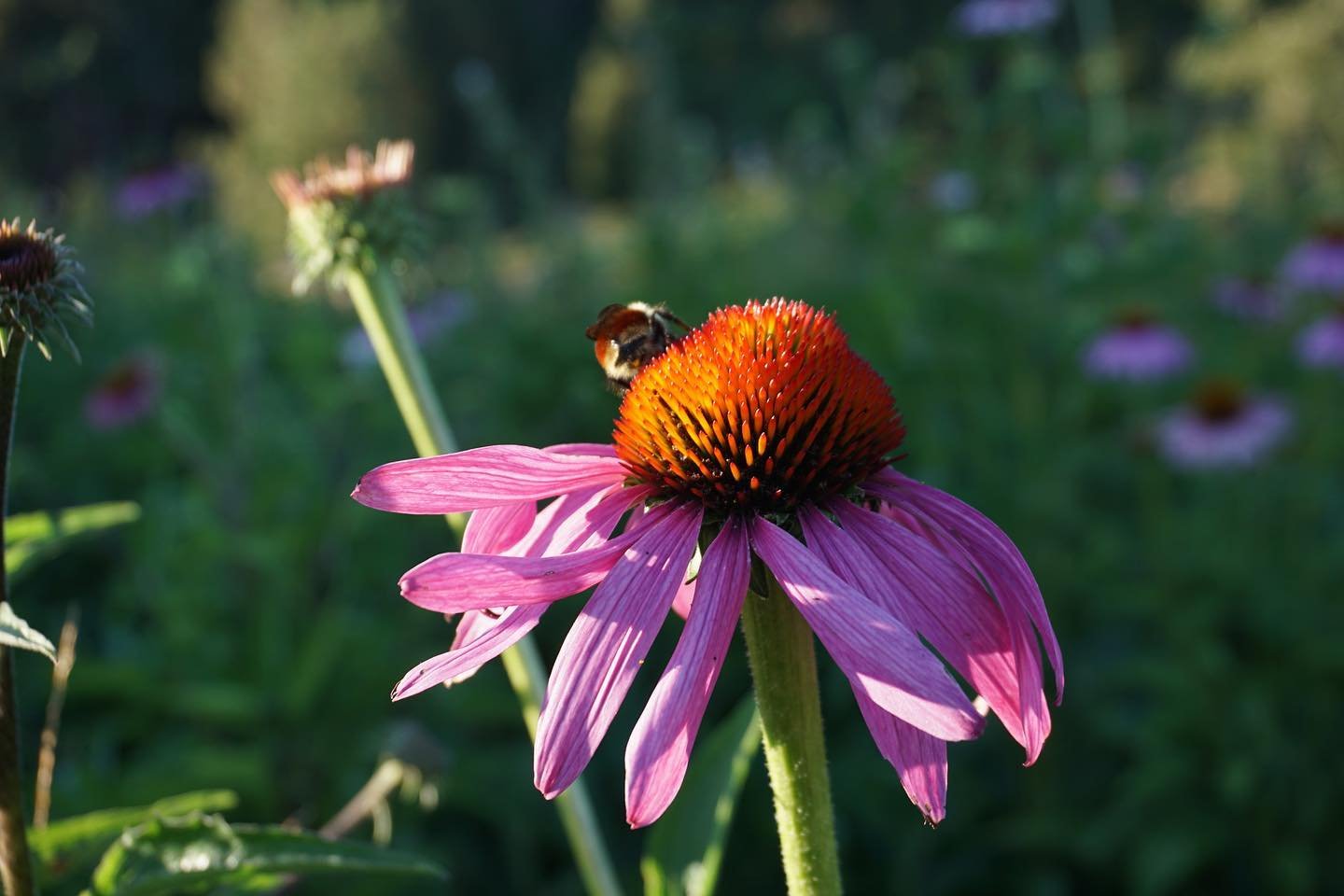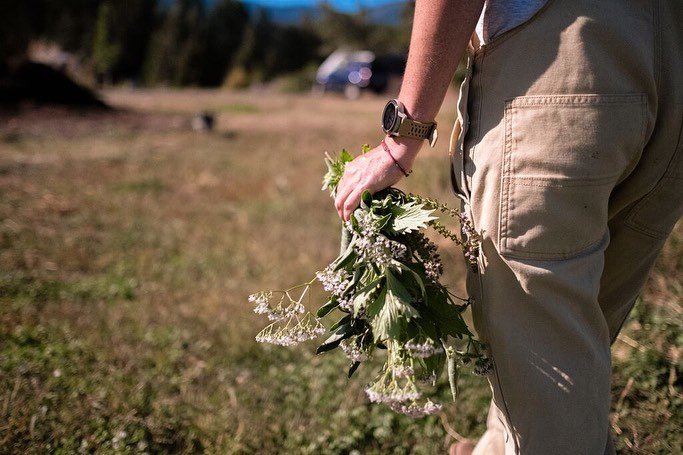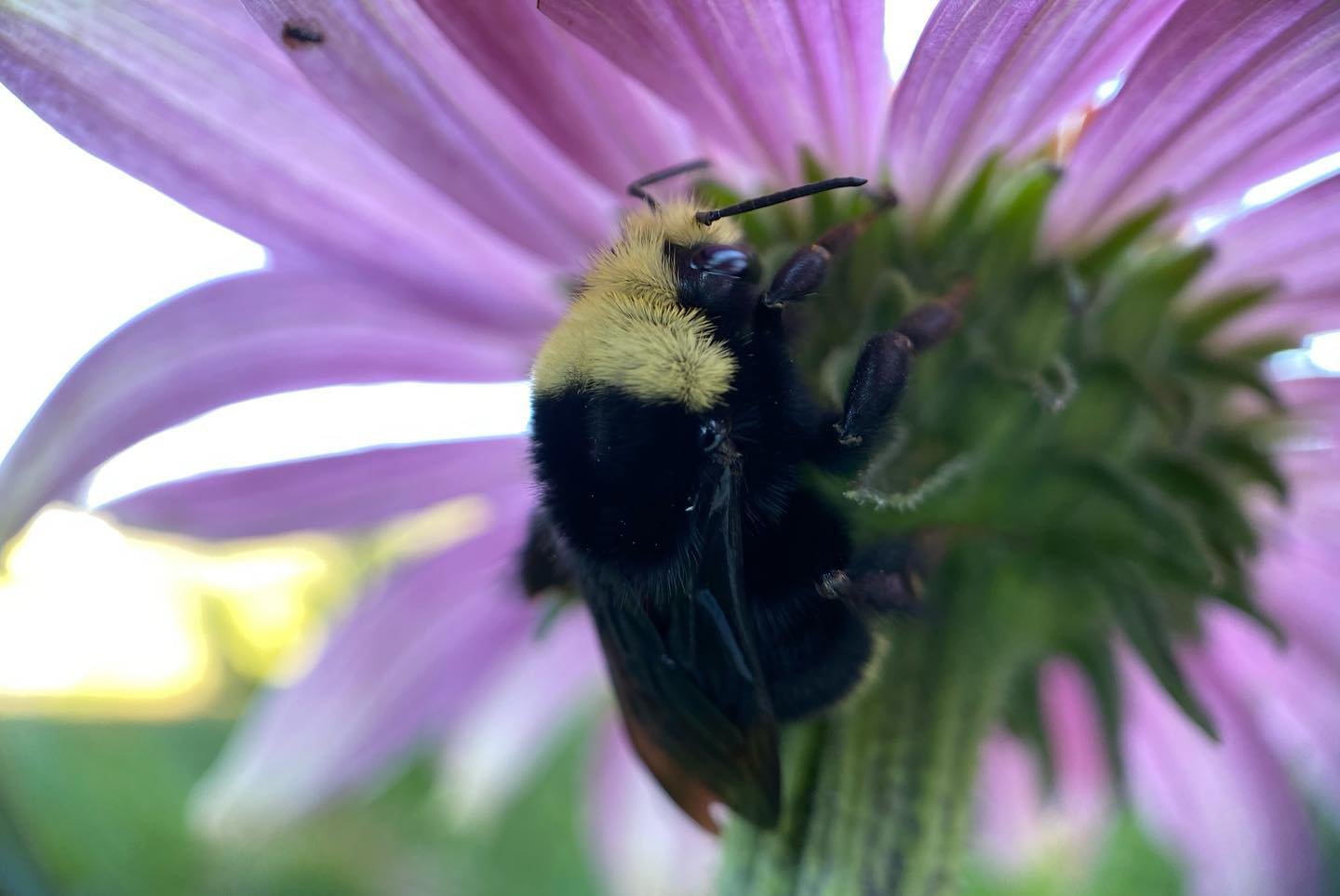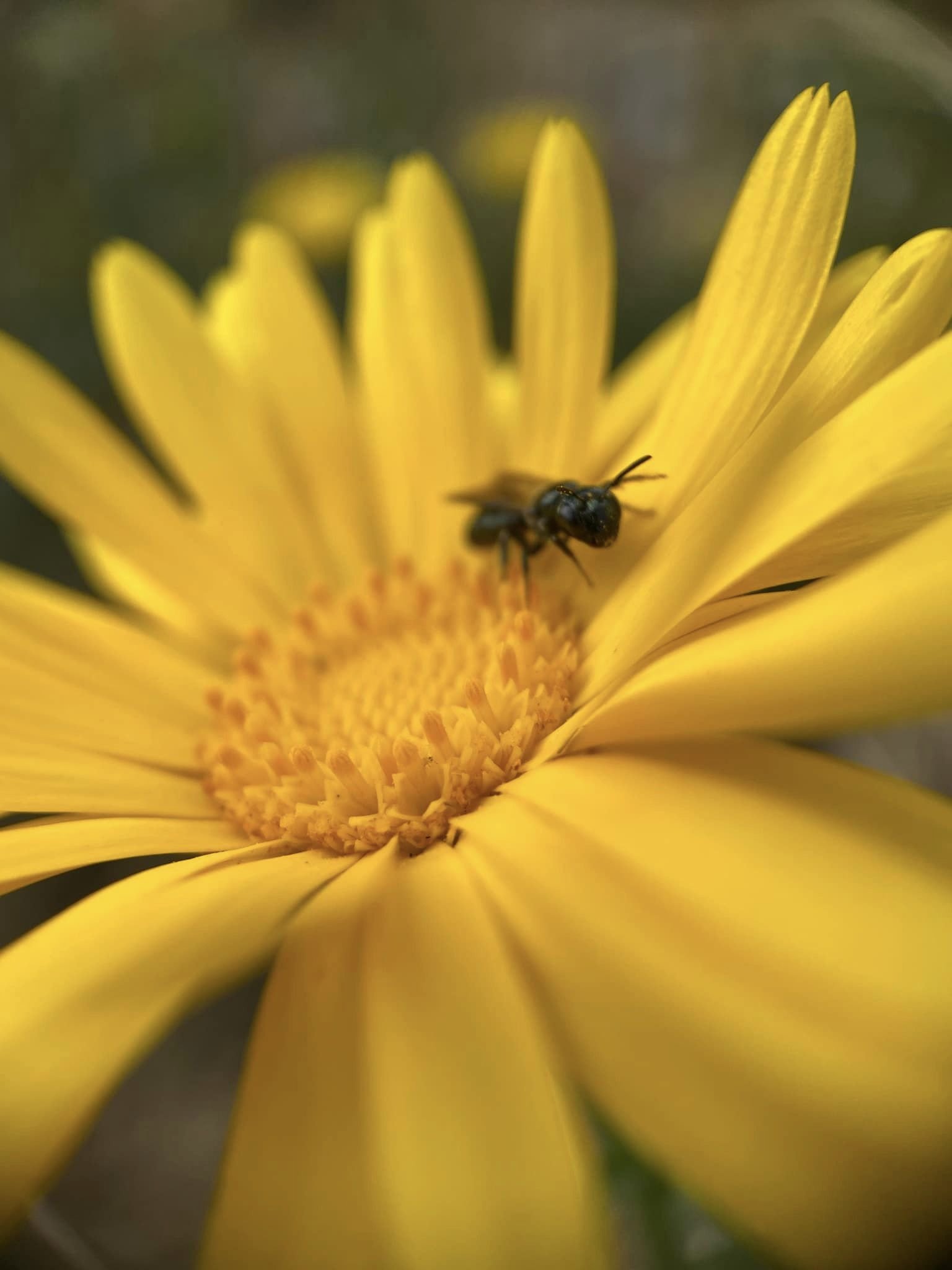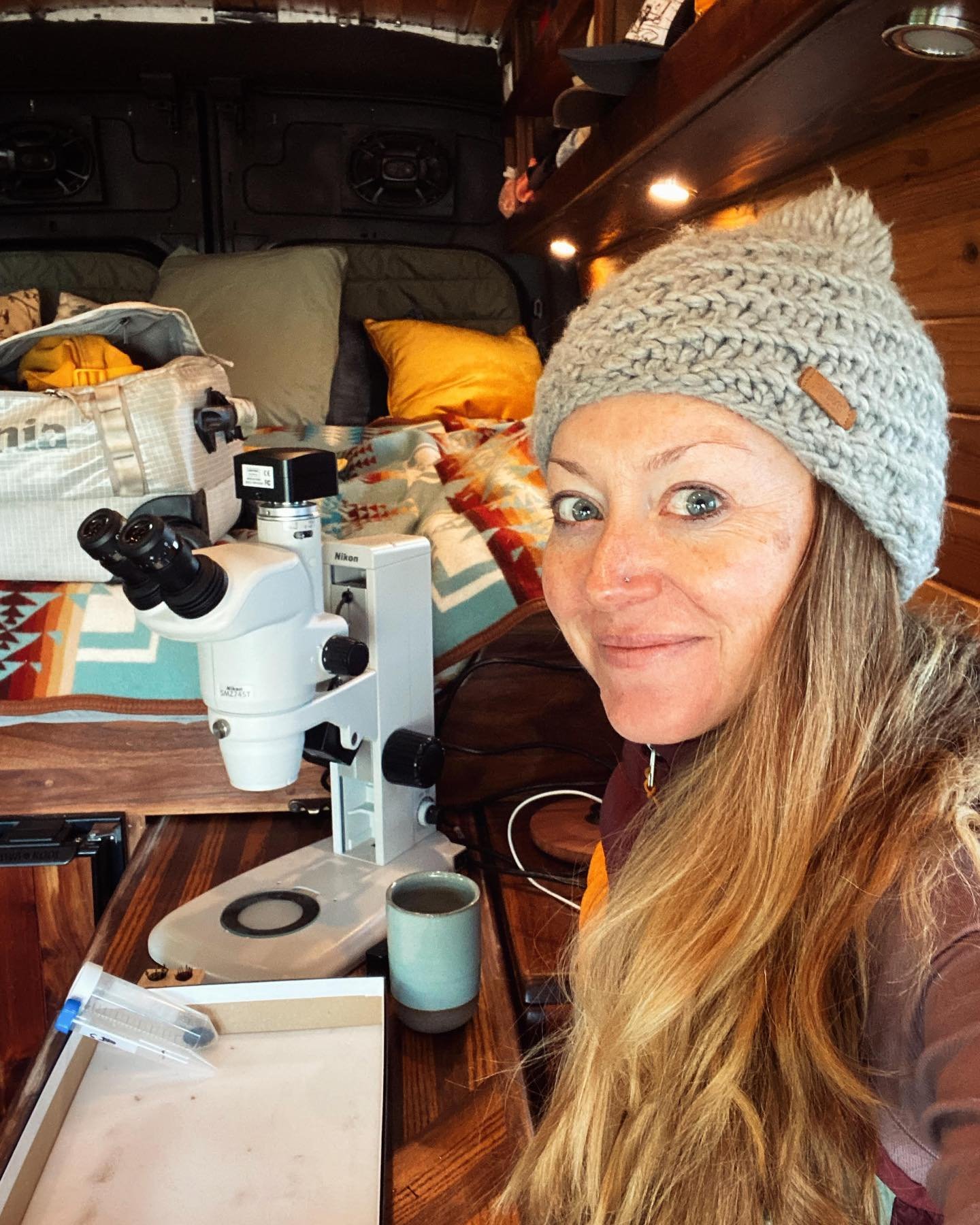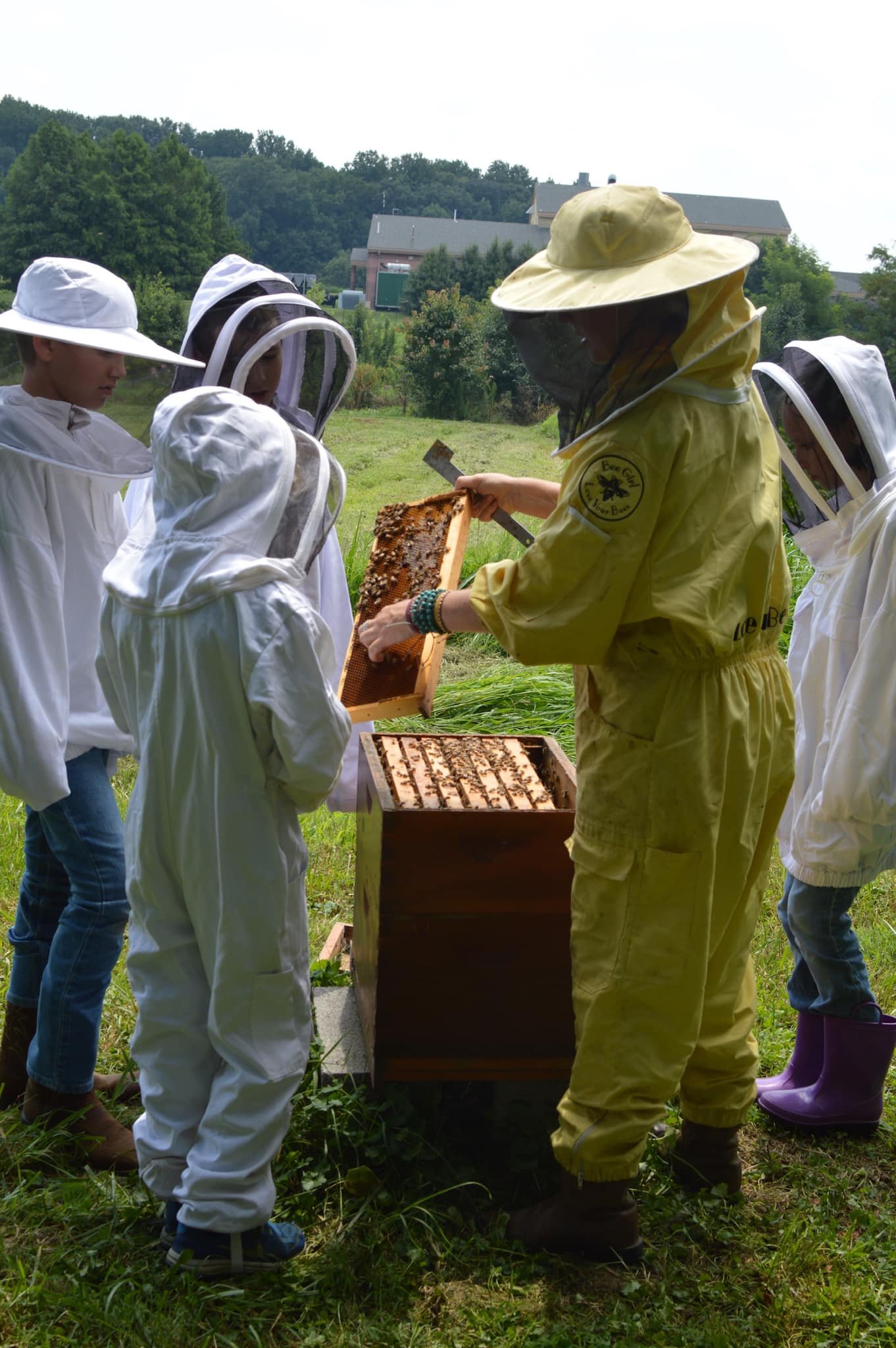BGO’s Top 10 Goals for 2023
BGO’s Top 10 Goals for 2023
1. Buzz on the Range
2. Kids and Bees Guidebook
3. Mega and Minifauna Coexistence Project in Tom Miner Basin
4. Mega and Minifauna Coexistence Project at 777 Bison Ranch
5. Bee Girl Honey & Fulstone Ranch Collaboration
6. Microbiome Study
7. Bee Friendly Vineyards in the Willamette Valley
8. Bee Habitat in Cyanotype
9. Banyan Farm Habitat Project
10. Hire a Co-ED
Instead of looking back on the “Top 10 of 2022,” I’m looking forward to our “Top 10 of 2023” *
While this last year was full of great memories and big accomplishments, much of it was realigning our mission yet again after a tumultuous couple of years (that felt like a couple of decades, amiright?!).
After a series of jolts from the giant proverbial pandemic potholes, I feel like BGO has finally hit a smooth stretch and the future looks bright.
I’m so excited to share with you our top ten goals for 2023. Some are a continuation of our ongoing work, and some are projects that have been years in the making, and are finally coming to fruition!
We want you to be a partner in our progress!! Please consider a year end donation to support our work in 2023.
Goal #1 👩🏼🌾To partner with the “We are for the Land Coalition” for their “Buzz on the Range” project, seeking innovative ways to create bee habitat on 8,900 acres of range, using cattle to disperse native flower and grass seeds in Montana’s iconic Paradise Valley. BGO will work alongside the coalition ranchers, monitoring project success and advising on strategy.
Goal #2 📖 To finish and publish version two of BGO’s Kids and Bees Guidebooks. We have two versions of the guidebooks, one for teachers who want to teach kids about bees and one for beekeepers who want to teach kids about bees. Our Educational Content Developer, Tara Laidlaw, and I have worked so hard on these, and they are almost finished. Version two is a culmination of all the feedback that we have gotten from version one, a re-write of all of the classroom curriculum, and all of the extra light bulb ideas that I’ve had since the first version.
Goal #3 🐺 Mega and Minifauna Coexistence Project in Tom Miner Basin. We are so excited to collaborate with Malou Anderson-Ramirez, badass rancher in Montana’s Tom Miner Basin to better understand how large predators influence biodiversity. The Anderson Ranch borders Yellowstone National Park, known for its iconic megafauna including grizzly bears and wolves, two species of wildlife not historically tolerated by ranchers.
In 2018 I attended a session at EcoFarm called “Range Riders: Coexisting with Predators” featuring Malou’s sister-in-law, Hilary Zaranek, who discussed her family’s strategy of range riding as a tool to not only co-exist with bears and wolves -- but also to improve grasslands and riparian health, protect habitat, increase drought resilience, and sequester carbon.
Hearing Hilary talk of her healthy respect for, and understanding the importance of, large predators on the landscape, I instantly knew I had to work alongside this family to –
1) Add my voice to the chorus for coexistence, and
2) Study how predatory megafauna affect bee habitat
We’re currently working on putting together a multi-year research project, and I’ll have so much more to share as the collaboration progresses.
Goal #4 🦬Mega and Minifauna Coexistence Project at 777 Bison Ranch. BGO’s coexistence projects are an expansion of our “Regenerative Bee Pasture” project. While RBP’s goals are to explore regenerative practices for creating bee habitat on working lands, and also to understand the benefits of regenerative agriculture for bees, this project primarily focuses on cows and sheep.
Our coexistence projects aim to better understand how wildlife – specifically apex predators and herbivores on the landscape affect bee habitat and behavior.
In the summer of 2022, I had the opportunity to stay on the 777 Bison Ranch, near Rapid City, South Dakota. I was completely taken by Mimi Hillenbrand and her ranch crew, the epic views of the Badlands, the work the ranch does with neighboring tribes, and of course – the bison.
Though their bison are managed (not wild), there are 1,500 head on 28,000 acres – and they utilize “Holistic Planned Grazing” to mimic the natural migration of the herd.
I’m fascinated by the research that has been done on the ranch thus far, indicating that adaptive multi-paddock grazing with bison improved fine litter cover, improved water infiltration, created two to three times the available forage biomass, improved plant composition, and decreased invasive plant levels and bare ground, relative to both light and heavy continuous cattle grazing (Hillenbrand et al., 2019).*
The BGO team will be collaborating with 777 to better understand how all of the former affects bee habitat, additionally we’ll be studying bison behavior – specifically disturbance patterns and how this affects bee habitat and behavior.
I’ve spent a lot of time on pasture and ranch grazed by cattle and sheep the last few years, but I’ve never seen anything quite like a bison-filled landscape. It was nothing short of ethereal, and I can’t wait to explore the connections between bees and bison and how they’ve formed connections over millennia.
* Mimi Hillenbrand, Ry Thompson, Fugui Wang, Steve Apfelbaum, Richard Teague, Impacts of holistic planned grazing with bison compared to continuous grazing with cattle in South Dakota shortgrass prairie, Agriculture, Ecosystems & Environment, Volume 279, 2019, Pages 156-168, ISSN 0167-8809, https://doi.org/10.1016/j.agee.2019.02.005.
Goal #5 🍯 Bee Girl Honey Collaboration. Gone are the days of yore when I could pull 100 pounds of honey off of one hive in Southern Oregon. The Bee Girl Honey harvest has been on a steep decline in the last few years. It’s death by a thousand cuts -- namely drought, little to no pasture irrigation due to water theft, and a hike in chemical inputs and a decrease in flowers from the crops that are replacing pasture.
I’ve already shared that these factors, combined with a lack of capacity, has driven me to decrease our “herd” of honey bees to about eight hives mounted onto a moveable trailer. This will enable me to both follow the nectar flow around Southern Oregon, and be able to hitch up the bees and move them in the case of an encroaching wildfire.
Though the surrounding environment in my current apiaries can’t produce like it used to, the demand for Bee Girl Honey grows!! This has inspired me to partner up with a few friends, creating a beekeeping collective.
BGO, Fulstone Ranch, Wings of Nature, and Zia Queen Bees are coming together and finding opportunities to support each other’s missions.
We’re still working on the details, as there is endless potential for research and education with these rockstars of the bee and regenerative ranching worlds.
BGO will be collaborating on beekeeping, honey harvest, and the supply chain to fulfil the demand for Bee Girl Honey in 2023 and bee-yond.
Goal #6 🔬 Habitat Microbiome Study. For years BGO has been sending samples of soil, pollen, and bee guts from our projects to our study collaborator, Dr. Jeni Walke, at Eastern Washington University. Dr. Walke is a brilliant microbiologist, and we are both so curious to know more about conventional and regenerative farming systems, and how different methods of land management affect the tiniest ecosystem -- the microbiome.
Funding a grad student is the linchpin of this project, as well as growing capacity at BGO.
Goal #7 🍇 Bee Friendly Vineyards in the Willamette Valley. We are heading into year four of a five year collaboration with Trisaetum Winery, monitoring bees and advising on bee habitat strategy in two of their vineyards. Also included in the project are Bledsoe Wine Estate’s Coulee Vineyard, and Mimi Casteel’s Hopewell Vineyard at Bethel Heights.
Bee Friendly Vineyards curators value healthy soil, beautiful grapes, and complex wines, as well as ecological, financial, and community health. Our partners create functional, resilient landscapes by building better bee habitat in and around their vines.
Vineyard manages are coming to understand that continued pesticide use is not only building pest resistance, but also killing pest’s natural predators. Bees pollinate the plants that draw in beneficial predators such as lady beetles, green lacewings, soldier beetles and Anagyrus (a parasitic wasp for the vine mealybug).
Bees have an important and undervalued role outside of cash crop pollination services. They are also essential in building soil health, though ensuring reproduction of plants that fix nitrogen naturally and support healthy mycorrhiza communities, essential in grapevine production. Bees are an indicator species of a healthy vineyard and an in-tact environment. Ecologically speaking, they are an indication of the loop of life coming back together.
Goal #8 💙 Bee Habitat in Cyanotype. In seventh grade my teacher gave me a packet of cyanotype paper, and I’ve been fascinated by taking photos with the sun since. As lead worker bee at BGO, I spend the field season studying the relationship between bees, flowers, soil, and people.
Always contemplating methods to creatively bring people along with me - to understand and appreciate the value of bees and healthy flower-filled landscapes, I became I inspired to combine my love of cyanotype prints with my observations.
This coming year, I’ll continue to collect and press flowers from our projects and continue to experiment with cyanotype prints. I’m so excited to announce that I have been awarded a 2023 residency at the Pine Meadow Ranch Center for Arts & Agriculture in Sisters, Oregon. Their mission is to is to connect sustainable agricultural practices, conservation, arts and sciences with traditional and contemporary crafts and skills integral to ranching life.
During my two week residency I will work on my prints, my writing, study bees and flowers on the ranch, and connect with the community through a workshop, or two.
I will display my work from the residency in Ashland, Oregon, at our annual fundraiser, Hive to Glass, save the date for September 23rd!
Goal #9🌿Banyan Farm Habitat Project. In late 2022 we began a new collaboration with Banyan Farm in Southern Oregon. We’ll be monitoring bees on their herbs for a better understanding of medicinal ayurvedic plants and their pollinators. We’ll also advise on how to create even better habitat for bees on the farm. In 2023 my goal is to teach workshops for their interns, and as the partnership grows we hope to teach workshops for neighboring farmers, as well.
We’ll also be taking pollen samples from this farm and sending them to a lab to analyze nutrient density. We’ll correlate the data with samples from other farms and ranches we work on, to understand the effects of land management on bee nutrition, and to add to community knowledge on what people can plant for bees in their gardens, farms, and ranches to maximize bee nutrition!
Goal #10 👩🏼💻 Hire a Co-ED!! You may have noticed from the last 9 posts I wear a lot of hats, both literally and figuratively. I’ve always taken a lot on and put in a lot of hours. This year, however, was a bigger struggle than years past. I found it nearly impossible to manage all of the field research, reporting, community education, people management, nonprofit administration, event coordination, fundraising, and about a dozen other jobs.
It’s past time to bring on a staff member who can not only share these responsibilities with me, but help this organization grow. In 2023, we hope to raise the funds to bring on an experienced co-executive director to handle the administrative nonprofit management tasks, as well as fundraising and development, so I can spend my time and utilize my expertise managing our research and education programs.
Working on a job description and fundraising for this position will be a priority in early 2023. We would love your support in seeing all of our goals come to fruition in 2023, especially this one!! Please consider a year-end gift to BGO, for an organization of our size with a global reach – your dollars will make a huge impact!
Bonus!! 🚐 8/10 of our goals wouldn’t be possible without our BGO Mo-bee-ile Research & Education Van. We’ve raised half of the funds for this vehicle so far, and in 2023 we want to raise the rest!! Visit give.classy.org/mobeeile to learn more about our mo-bee-ile and how you can have your name Sharpied inside!!


